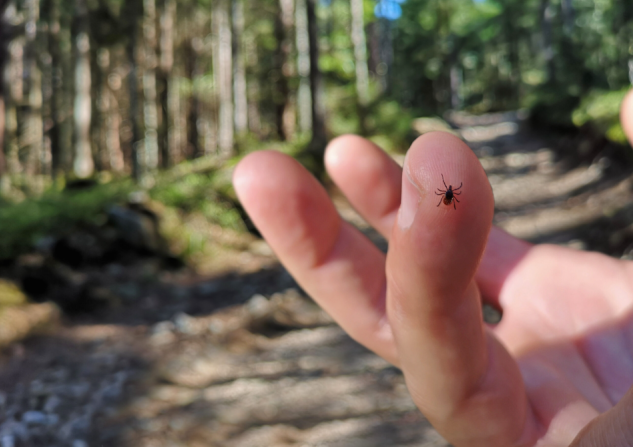Ticks aren’t just pesky pests (and let’s face it, they’re downright unsettling), they also pose a health risk. With the potential to carry dangerous diseases like Lyme disease and Rocky Mountain spotted fever, ticks are definitely unwelcome guests in our homes. Depending on various factors such as location, season, and pet ownership, encounters with ticks are quite common.
So, what steps should you take if you encounter one of these tiny troublemakers? First and foremost, it’s crucial to identify the tick species (whether it’s a black-legged tick, a dog tick, or a brown dog tick). If you spot a tick in a particular area, it’s best to keep children and pets away until it’s safely removed. Protect yourself by wearing gloves and long-sleeved clothing to prevent tick bites.

Thorough cleaning is essential. Wash any clothing or bedding that has been in contact with the tick in hot water. Vacuum the area meticulously, paying close attention to cracks and crevices.

When it comes to tick removal, precision is key. Use fine-tipped tweezers to grasp the tick as close to the skin’s surface as possible. Slowly pull upward, avoiding any twisting or jerking motions to prevent the tick’s head from breaking off and remaining embedded in the skin.
After removing the tick, disinfect the bite area with alcohol or soapy water. You can dispose of the tick by submerging it in alcohol or flushing it down the toilet. It’s essential to keep an eye on any bite sites for signs of infection and monitor the individual who was bitten for any symptoms.
By following these steps, you can effectively manage tick encounters and mitigate the associated risks to your health and well-being.
